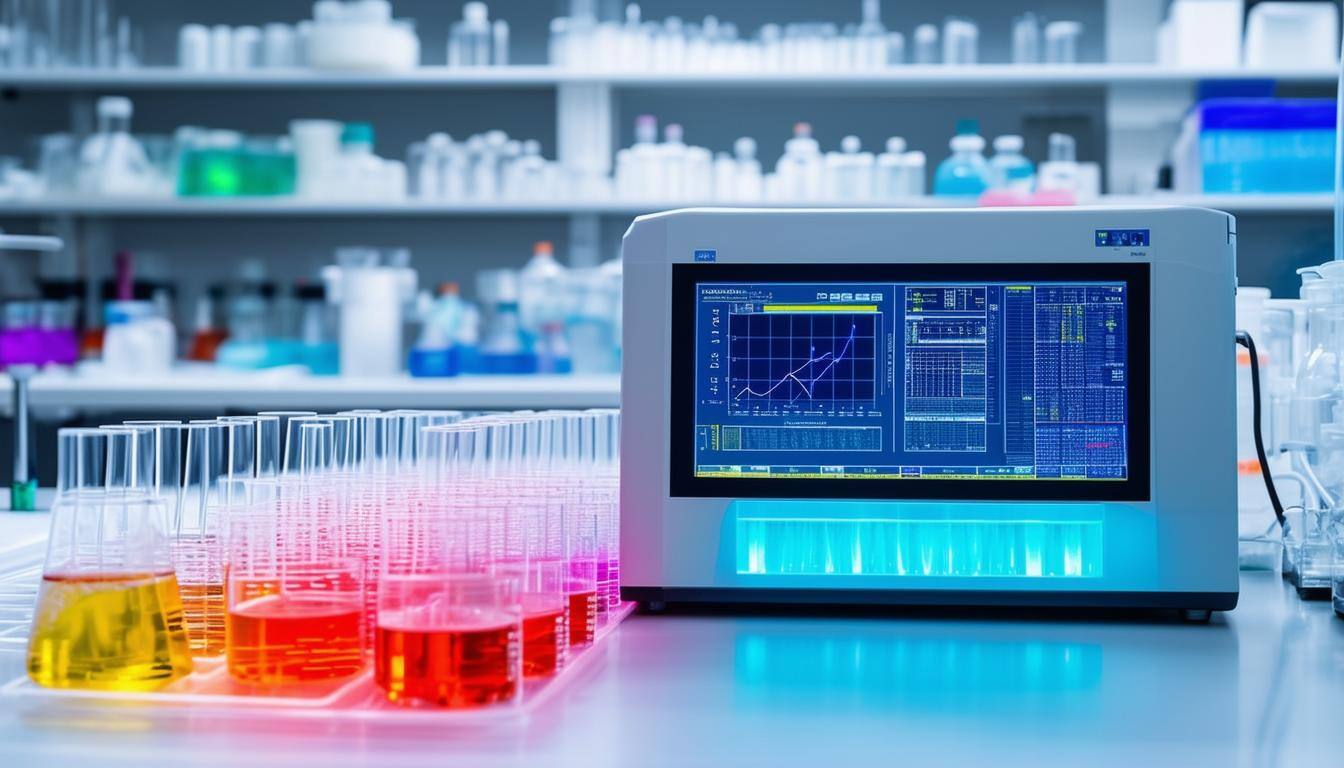Key Features to Look for in a Reliable Microplate Reader

Microplate readers are widely used in laboratories for enzyme-linked immunosorbent assays (ELISAs), fluorescence, luminescence, and absorbance analysis. Selecting the right microplate reader can impact experimental outcomes, data quality, and overall efficiency. Researchers must carefully evaluate different models and features to ensure they meet the demands of their specific applications. Read on to highlight key features to consider when choosing a reliable microplate reader.
Measurement Modes and Flexibility
The first important feature to look into is the range of measurement modes offered by the device. A reliable microplate reader should support multiple detection technologies, such as absorbance, fluorescence, and luminescence. This versatility allows researchers to perform various assays without needing multiple instruments. A multimode microplate reader combines core technologies into a single instrument, adapting to different testing needs and minimizing the bench space required. See whether it can handle special assays like time-resolved fluorescence (TRF) or homogenous proximity ligation assays (PLA) for more complex applications. The ability to switch seamlessly between modes (with no need for calibration) is an added benefit that enhances user convenience and productivity.
Performance and Sensitivity
Sensitivity, dynamic range, and accuracy are performance metrics worth looking into. Sensitivity refers to the lowest concentration of a target analyte that the device can detect accurately. In clinical and research applications where precise quantification is a must, you need a high level of sensitivity. The dynamic range indicates how well the reader can measure varying concentrations of substances, from low to high levels, without distortion. To ensure reliable and accurate results, microplate readers used in regulated environments should adhere to international standards like ISO/IEC 17025, which governs calibration and testing protocols. Compliance with these standards ensures that equipment meets stringent performance and accuracy requirements essential for high-quality research.
Opt for a reader with a broad dynamic range that ensures reproducibility across all analyte concentrations, resulting in more reliable data. Pay close attention to specifications related to signal-to-noise ratios, as higher ratios lead to better detection limits and enhanced assay performance.
Ease of Use and Software Integration
Any microplate reader needs intuitive interfaces, clear displays, and simple navigation. Advanced software integration is equally important; the software should allow users to design experiments easily, analyze data, and generate reports effectively. Look for readers that offer customizable options to accommodate diverse assay types, as well as built-in protocols for common applications.
Remote accessibility and cloud capabilities can provide added convenience and flexibility, enabling collaboration and data sharing across different laboratories. Effective training and customer support from manufacturers should also be factored in whenever possible, reassuring users about their operational capabilities.
Plate Compatibility and Versatility
Don’t forget to look into the compatibility of a microplate reader with various plate formats. Not all microplate readers can accommodate every type of plate, such as 96-well, 384-well, or custom formats. Select a reader that can handle the specific plate types used in your assays to ensure the efficient processing of diverse samples.
Some instruments offer optional adapters for even greater versatility and allow researchers to work with specialized plate designs when necessary. Evaluate whether the reader supports various surface treatments for plates — this can influence assay results and efficiency. Flexible features can future-proof your investment by minimizing the need for upgrades or replacements as technologies evolve.
Data Output and Connectivity Options
Researchers expect to have various data formats available, including export options for integration into statistical software or laboratory information management systems (LIMS). The ability to connect to computers or networks via USB, Ethernet, or wireless options facilitates data sharing and analysis.
High-quality graphical outputs that represent results visually can also enhance report clarity and persuasiveness. Seamless data transfer enhances collaboration and accelerates the decision-making process.
Maintenance Requirements and Durability
The maintenance demands of a microplate reader heavily affect long-term reliability and performance. Go for models that include automatic calibration and self-diagnostic routines and reduce the burden of manual checks and repairs. Even factor in the types of materials used in the construction of the device, as durable materials can withstand laboratory conditions better and prolong the instrument's lifespan.
Easy access to key components simplifies preventive maintenance and reduces downtime so that experiments run smoothly without unexpected interruptions. Prioritize instruments that come with comprehensive maintenance and service contracts, offering peace of mind regarding operational continuity.
Cost and Return on Investment
Last but not least, consider the initial acquisition cost and the projected return on investment (ROI). While it may be tempting to opt for the most financially attractive options, a thorough analysis should consider long-term performance, reliability, and potential operational savings. The total cost of ownership, including maintenance, consumables, and necessary upgrades, should be evaluated.
A high-quality microplate reader can help laboratories save time, reduce error rates, and improve data quality—benefits that may outweigh higher upfront costs. Strike a balance between budget constraints and the advanced features required for achieving optimal results consistently.
A reliable microplate reader entails considering a variety of key features such as measurement modes, performance, usability, and potential costs. By focusing on the aspects outlined in this guide, researchers can make informed decisions that meet their specific needs and set the stage for successful experimental outcomes.
Related Posts
Join the movement.
Your Entourage journey starts here. Join Australia's largest community of over 500,000 business owners and entrepreneurs, and receive instant access to exclusive content and updates delivered straight to your inbox.



